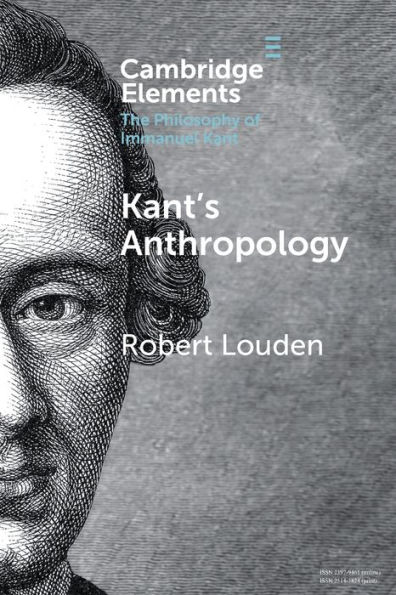Home
Causality from the Point of View Statistics



Causality from the Point of View Statistics
Current price: $44.00
Loading Inventory...
Size: Hardcover
Most are familiar with the adage "correlation does not imply causation." Since much of science is concerned with problems of causality and statistics is so widely used in research, one may wonder whether statistics possesses the tools to study such problems and contribute to their resolution. These were the questions posed over thirty years ago by Pearl, Robins, Rubin, Shafer, etc. when they set out to incorporate notions of causality into statistics theory and develop methods for estimating causal relationships. Since then, the schools of "statistical causality" they founded have produced interesting results and methods that help us think about causality and are potentially useful in real-life problems. Yet, despite its appeal, statistical causality is still disregarded by many "mainstream" statisticians, and its methods are not widely known. In part this is explained by the unorthodox and apparently disparate character of the various schools, in particular by the distinct languages they developed and that are not readily accessible. Thus, even some advanced researchers seemed startled by things like Rubin's "counterfactuals" that in one guise or another appear in all theories but that seem potentially incompatible with Kolmogorov's formalism, the very foundation of statistics. It turns out that statistical causality is firmly rooted in Kolmogorov's axiomatization of probability as the elements required by it are essentially those proposed a century ago by Steinhaus, and, perhaps surprisingly, that statistics has always engaged with causality. The present book makes this plain, providing a basis for statistical causality that subsumes and reconciles the theories of all other schools and that to a mainstream statistician will appear entirely familiar and natural.











